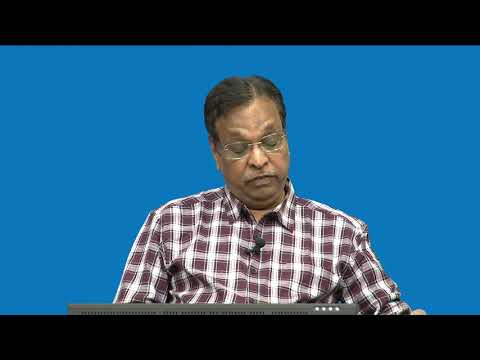Description:
COURSE OUTLINE: Algebraic geometry played a central role in 19th century math. The deepest results of Abel, Riemann, Weierstrass, and the most important works of Klein and Poincar/’e were part of this subject. In the middle of the 20th century algebraic geometry had been through a large reconstruction. The domain of application of its ideas had grown tremendously, in the direction of algebraic varieties over arbitrary fields and more general complex manifolds. Many of the best achievements of algebraic geometry could be cleared of the accusation of incomprehensibility or lack of rigor. The foundation for this reconstruction was (commutative) algebra. In the 1950s and 60s have brought substantial simplifications to the foundation of algebraic geometry, which significantly came closer to the ideal combination of logical transparency and geometric intuition. Commutative algebra is essentially the study of the rings occurring in algebraic number theory and algebraic geometry. In algebraic number theory, the rings of algebraic integers in number fields constitute an important class of commutative rings — the Dedekind domains. This has led to the notions of integral extensions and integrally closed domains. The notion of localization of a ring (in particular the localization with respect to a prime ideal leads to an important class of commutative rings — the local rings. The set of the prime ideals of a commutative ring is naturally equipped with a topology — the Zariski topology. All these notions are widely used in algebraic geometry and are the basic technical tools for the definition of scheme theory, a generalization of algebraic geometry introduced by Grothendieck.
Read more

Introduction to Algebraic Geometry and Commutative Algebra
Add to list